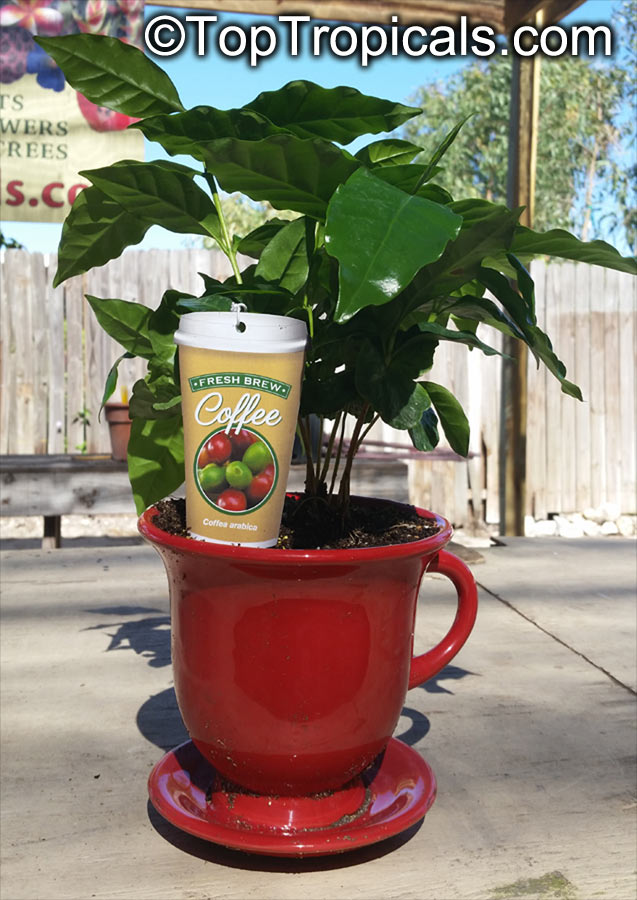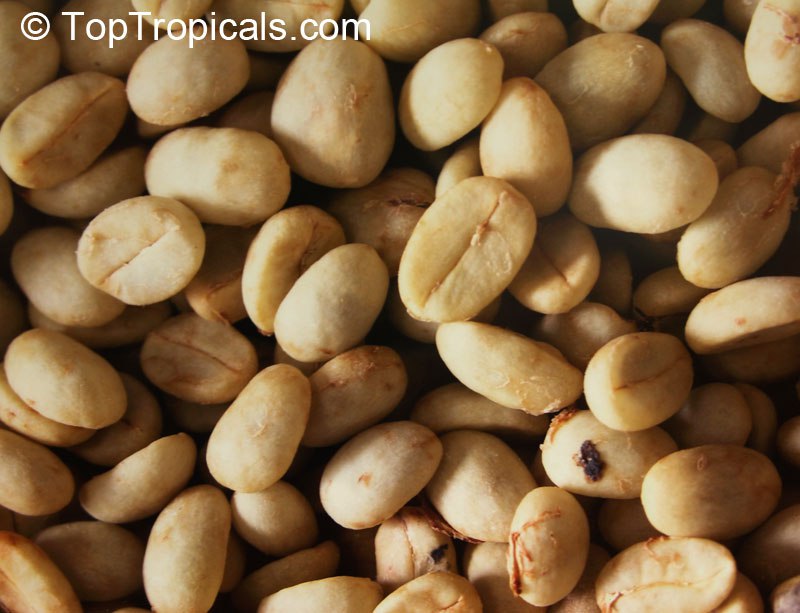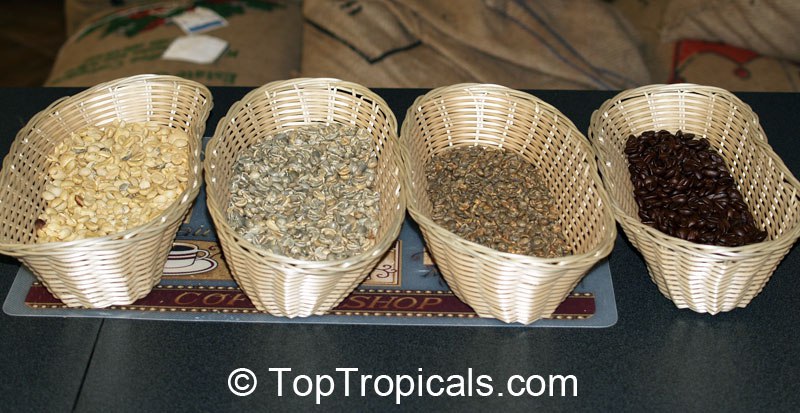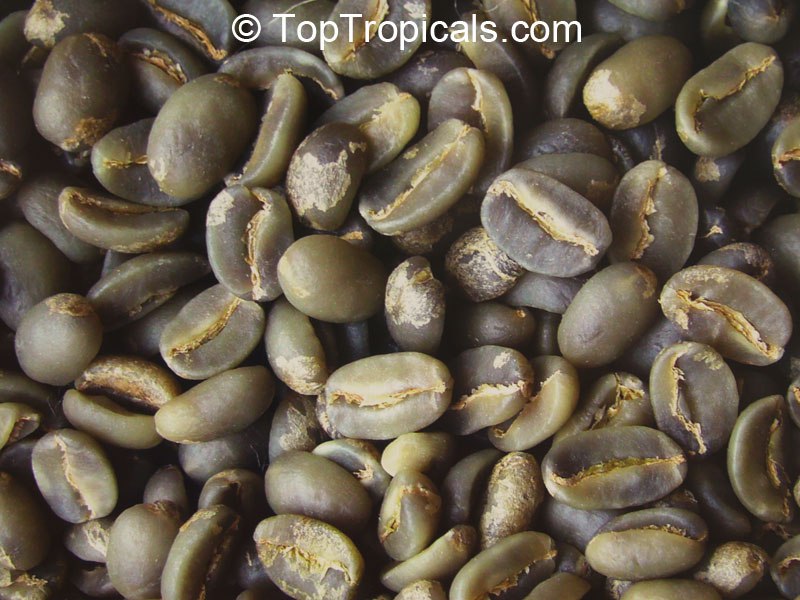Garden Blog - Top Tropicals
How long until I get fruit from my Lychee tree?
Lychee tree with fruit
💖 How long until I get fruit from my Lychee tree?
🛒 Shop Lychee varieties
📚 Learn more:
🎥 In the video: This Lychee Mauritus tree (very productive variety) was planted last year, and already has fruited; this is the second year crop.
#Food_Forest #Discover
🟢 Join 👉 TopTropicals
- 🍓 Is your Lychee tree ever going to fruit? Yes!
- 🍓 A Lychee tree grown from an air-layered plant (Litchi chinensis) can start flowering and setting fruit right away, with good crops to be expected within 3 to 5 years, but don’t expect fruit every season. Lychees are often alternate bearers, meaning they may produce a heavy crop one year and little to none the next. Factors like variety, weather, and the tree's health affect this cycle.
- 🍓 Lychees cannot be reliably grown from seed or grafted, as seedlings lack the necessary mycorrhizal environment found under mature trees. For best results, always start with a quality air-layered tree from a trusted source.
🛒 Shop Lychee varieties
📚 Learn more:
- 🔘 Why my Lychee tree is not producing fruit and why I can't grow a Lychee tree from a seed?
- 🔘 How to grow a Lychee tree and have a reliable crop. Practical Guide to Growing Lychee.
- 🔘 What are the best varieties of Lychee Tree?
- 🔘 The best fruit in the world: how to grow your own Lychee tree.
🎥 In the video: This Lychee Mauritus tree (very productive variety) was planted last year, and already has fruited; this is the second year crop.
#Food_Forest #Discover
🟢 Join 👉 TopTropicals
Where do almonds come from?
🌰 Where do almonds come from? From the prettiest red-leaved tree with health benefits!
📝 Most commercial almonds come from the Prunus dulcis tree, a close relative of Peach Tree, native to the Middle East and South Asia. However, Tropical Almond (Terminalia catappa), also called Indian almond or Sea almond, produces a similar nut in tropical regions.
📝 The Tropical Almond tree puts on a spectacular fall display rarely seen in evergreen tropical regions. As a deciduous tree, it sheds its large, glossy leaves in a burst of color - shifting from green to brilliant shades of red, orange, and especially bright mauve. This fiery transformation sets it apart from most tropical trees. At the same time, the almond-like fruits ripen, making this tree not only a visual showstopper but also a source of delicious, nutritious nuts.
🌰 Health benefits of Tropical Almond:
Tropical Almonds can be grown in the ground or containers and are tolerant of heat, drought, and salt, making them great for tropical and coastal gardens.
🛒 Plant the Tropical Almond Tree with mauve fall color
#Food_Forest #Remedies #Discover #Fun_Facts
🟢 Join 👉 TopTropicals
📝 The Tropical Almond tree puts on a spectacular fall display rarely seen in evergreen tropical regions. As a deciduous tree, it sheds its large, glossy leaves in a burst of color - shifting from green to brilliant shades of red, orange, and especially bright mauve. This fiery transformation sets it apart from most tropical trees. At the same time, the almond-like fruits ripen, making this tree not only a visual showstopper but also a source of delicious, nutritious nuts.
🌰 Health benefits of Tropical Almond:
✅ Rich in omega-3 fatty acids - supports brain and heart health.
✅ High in protein and healthy fats – helps build and maintain muscle and energy.
✅ Strengthens bones and teeth – due to its calcium and phosphorus content.
✅ Improves eye health – thanks to antioxidants like vitamin E.
✅ Reduces inflammation – naturally anti-inflammatory.
✅ Supports liver and digestive health – traditional medicine uses the leaves for liver diseases, diarrhea, and dysentery.
✅ Used as an aphrodisiac – in some traditional systems.
Tropical Almonds can be grown in the ground or containers and are tolerant of heat, drought, and salt, making them great for tropical and coastal gardens.
🛒 Plant the Tropical Almond Tree with mauve fall color
#Food_Forest #Remedies #Discover #Fun_Facts
🟢 Join 👉 TopTropicals
Where do almonds come from?
🌰 Where do almonds come from? From the prettiest red-leaved tree with health benefits!
📝 Most commercial almonds come from the Prunus dulcis tree, a close relative of Peach Tree, native to the Middle East and South Asia. However, Tropical Almond (Terminalia catappa), also called Indian almond or Sea almond, produces a similar nut in tropical regions.
📝 The Tropical Almond tree puts on a spectacular fall display rarely seen in evergreen tropical regions. As a deciduous tree, it sheds its large, glossy leaves in a burst of color - shifting from green to brilliant shades of red, orange, and especially bright mauve. This fiery transformation sets it apart from most tropical trees. At the same time, the almond-like fruits ripen, making this tree not only a visual showstopper but also a source of delicious, nutritious nuts.
🌰 Health benefits of Tropical Almond:
Tropical Almonds can be grown in the ground or containers and are tolerant of heat, drought, and salt, making them great for tropical and coastal gardens.
🛒 Plant the Tropical Almond Tree with mauve fall color
#Food_Forest #Remedies #Discover #Fun_Facts
🟢 Join 👉 TopTropicals
📝 The Tropical Almond tree puts on a spectacular fall display rarely seen in evergreen tropical regions. As a deciduous tree, it sheds its large, glossy leaves in a burst of color - shifting from green to brilliant shades of red, orange, and especially bright mauve. This fiery transformation sets it apart from most tropical trees. At the same time, the almond-like fruits ripen, making this tree not only a visual showstopper but also a source of delicious, nutritious nuts.
🌰 Health benefits of Tropical Almond:
✅ Rich in omega-3 fatty acids - supports brain and heart health.
✅ High in protein and healthy fats – helps build and maintain muscle and energy.
✅ Strengthens bones and teeth – due to its calcium and phosphorus content.
✅ Improves eye health – thanks to antioxidants like vitamin E.
✅ Reduces inflammation – naturally anti-inflammatory.
✅ Supports liver and digestive health – traditional medicine uses the leaves for liver diseases, diarrhea, and dysentery.
✅ Used as an aphrodisiac – in some traditional systems.
Tropical Almonds can be grown in the ground or containers and are tolerant of heat, drought, and salt, making them great for tropical and coastal gardens.
🛒 Plant the Tropical Almond Tree with mauve fall color
#Food_Forest #Remedies #Discover #Fun_Facts
🟢 Join 👉 TopTropicals
How to make your own coffee from homegrown beans

Coffee Tree in a cup (Coffea arabica)

Coffee Tree with fruit (Coffea arabica)

Coffee beans (Coffea arabica)

Coffee beans (Coffea arabica)

Coffee beans (Coffea arabica)

Coffee cherries on a tree (Coffea arabica)
☕️ How to make your own coffee from homegrown beans
Q: Can you make coffee from your own tree? Isn't there a process involved to prepare beans for it?
A: Absolutely! Yes, it is quite a process... But homegrown coffee lets you enjoy the freshest, chemical-free beans with rich flavor and the satisfaction of growing it yourself. Besides, it's fun! Below is a quick guide how to grow and make your own coffee from freshly harvested coffee fruit (called "cherries").
Let roasted beans cool completely, then grind them just before brewing. Enjoy your homemade cup of fresh coffee!
🛒 Grow it. Pick it. Roast it. Drink it. Buy your coffee tree now!
📚 Learn more from previous posts:
#Food_Forest #Container_Garden #Shade_Garden #Discover
🔴 Join 👉 TopTropicals
Q: Can you make coffee from your own tree? Isn't there a process involved to prepare beans for it?
A: Absolutely! Yes, it is quite a process... But homegrown coffee lets you enjoy the freshest, chemical-free beans with rich flavor and the satisfaction of growing it yourself. Besides, it's fun! Below is a quick guide how to grow and make your own coffee from freshly harvested coffee fruit (called "cherries").
- Harvest the ripe cherries
- Remove the beans
- Dry the beans
- Remove the parchment
- Roast the beans
- Cool and grind
Pick the bright red fruits when they are fully ripe. These contain the coffee beans inside.
Squeeze the cherries to pop out the seeds (beans). Rinse off any pulp and soak them in water for 1-2 days to ferment and remove the slimy coating.
Spread the clean beans on a tray in a sunny, dry spot. Let them dry for 1-2 weeks, turning them daily, until they feel hard and papery.
Once dried, crack and remove the thin husk around each bean. You now have green coffee beans ready to roast.
Use a dry skillet or oven. Heat until beans turn brown and fragrant, stirring constantly. The longer you roast, the darker and stronger the flavor.
Let roasted beans cool completely, then grind them just before brewing. Enjoy your homemade cup of fresh coffee!
🛒 Grow it. Pick it. Roast it. Drink it. Buy your coffee tree now!
📚 Learn more from previous posts:
- • Coffee trees in bloom
- • Brew Your Future: Grow Your Own Coffee
- • What is coffee made of?
- • Why Coffee tree is the best gift plant
- • Top 10 fruit you'll ever need for your health benefits: #2. Coffee Tree
- • What is the most popular and the easiest tropical fruit tree grown as a house plant?
- • Video: growing a Coffee tree
#Food_Forest #Container_Garden #Shade_Garden #Discover
🔴 Join 👉 TopTropicals
Coffee trees are in bloom!
Coffee trees in bloom
☕️ Coffee trees are in bloom!
☕️ Coffee prices are climbing, supplies are tightening, and drought in Brazil is hitting hard
The best time to plant a Coffee Tree was yesterday - the next best time is right now!
🎥 Our Coffee trees (Coffea arabica) are bursting with blooms, promising a fresh harvest and home-roasted coffee like no other.
It's time to take your morning cup into your own hands!
🛒 Grow it. Pick it. Roast it. Drink it. Buy your coffee tree now!
📚 Learn more from previous posts:
#Food_Forest #Container_Garden #Shade_Garden #Discover
🔴 Join 👉 TopTropicals
☕️ Coffee prices are climbing, supplies are tightening, and drought in Brazil is hitting hard
The best time to plant a Coffee Tree was yesterday - the next best time is right now!
🎥 Our Coffee trees (Coffea arabica) are bursting with blooms, promising a fresh harvest and home-roasted coffee like no other.
It's time to take your morning cup into your own hands!
🛒 Grow it. Pick it. Roast it. Drink it. Buy your coffee tree now!
📚 Learn more from previous posts:
- • Brew Your Future: Grow Your Own Coffee
- • What is coffee made of?
- • Why Coffee tree is the best gift plant
- • Top 10 fruit you'll ever need for your health benefits: #2. Coffee Tree
- • What is the most popular and the easiest tropical fruit tree grown as a house plant?
- • Video: growing a Coffee tree
#Food_Forest #Container_Garden #Shade_Garden #Discover
🔴 Join 👉 TopTropicals